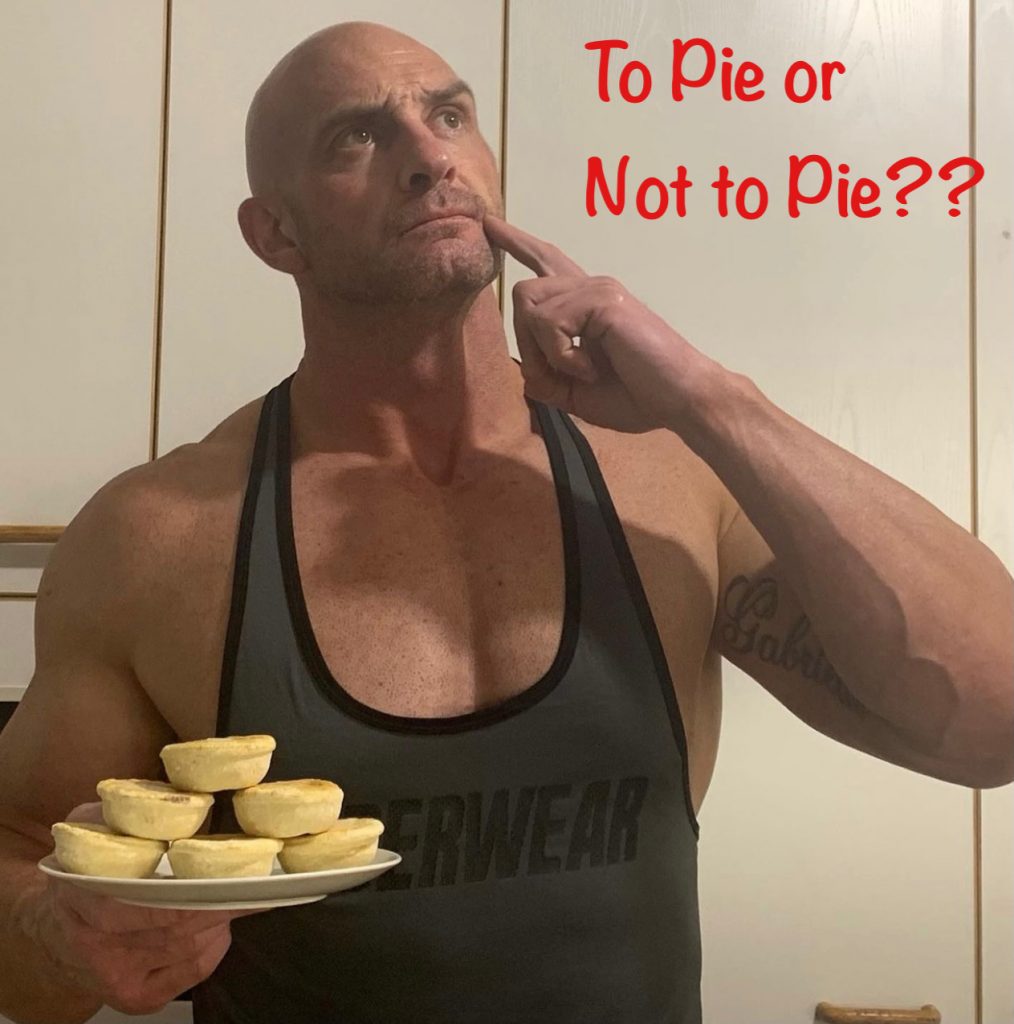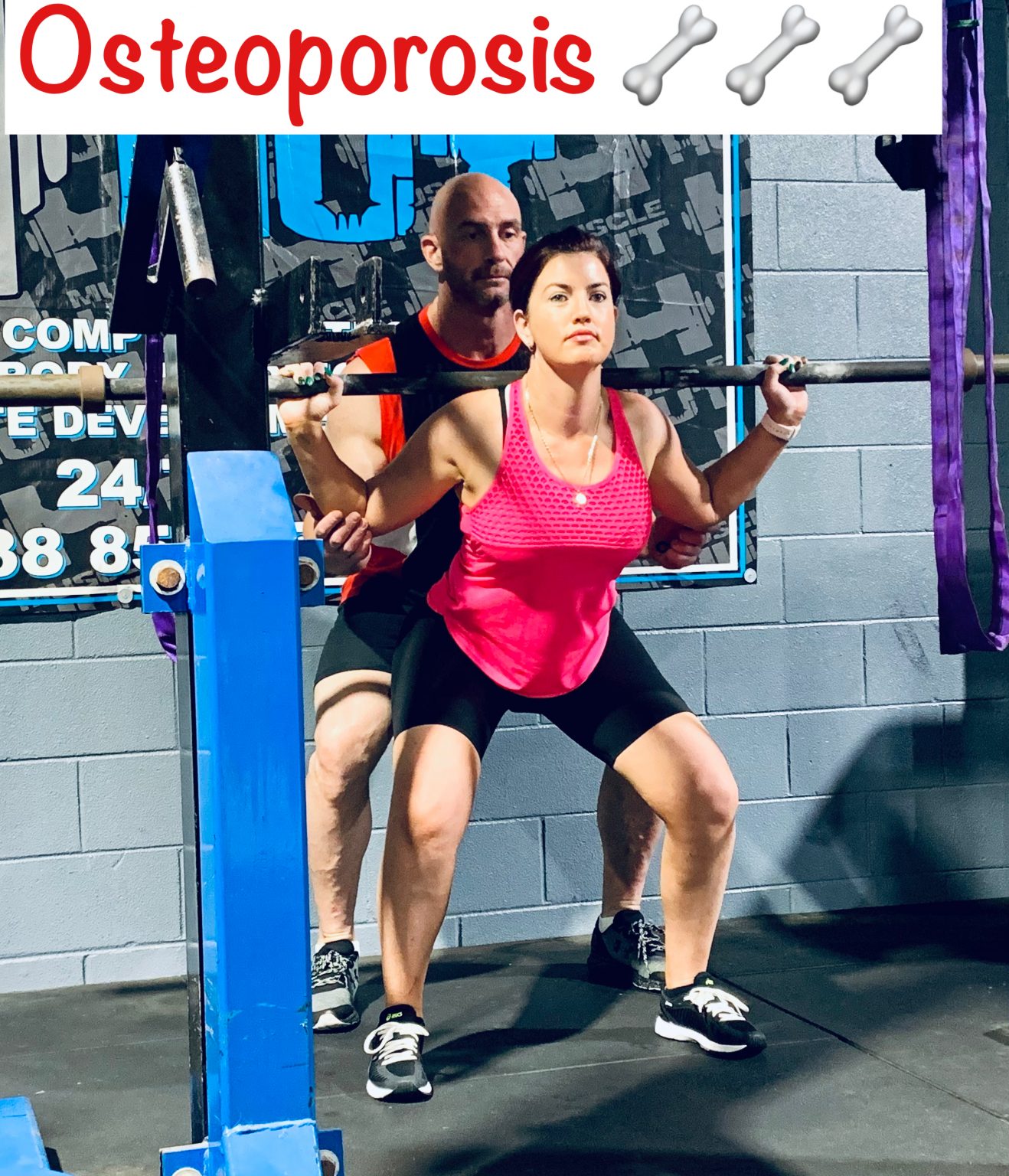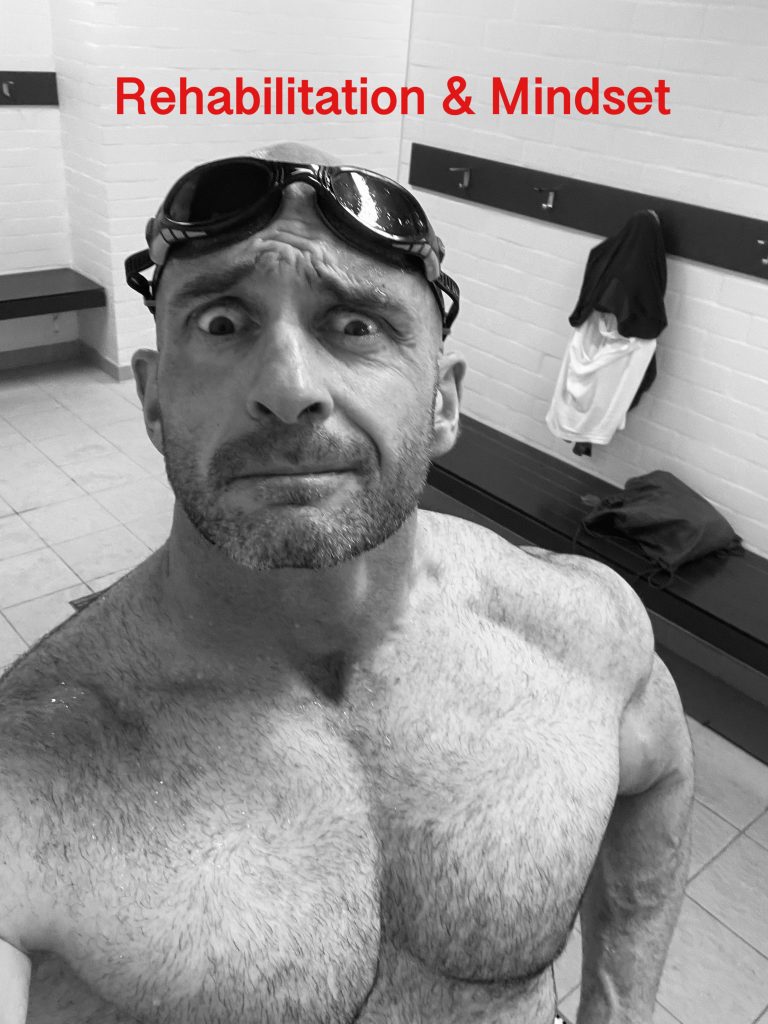
BLOG
Osteoporosis

This one is for the ladies
Osteoporosis – In Australia it approximately effects 1.2M people and another 6.3M have low bone density significantly increasing their risk of getting osteoporosis, roughly 75% are women.
Osteoporosis itself is basically a bone disease where the body uses more bone than it replaces leading to weaker, more brittle bones susceptible to fracture. There are a number of elements that can contribute to the disease such as hormonal changes etc. but the two best ways to prevent and combat the disease is through sufficient intake of calcium and vitamin D (to assist with calcium absorption). FYI smoking and excessive alcohol consumption significantly increase the risk factor for fractures.
The second is resistance training (you got it weight training. In simple terms mechanical loading on the bones increases osteoblast activity, and when the bone is loaded and deformation occurs the body repairs and strengthens the bones specific to the area being loaded. This biomechanical trigger leads to osteogenesis (new bone formation).
For resistance training its best to stick with compound movements that work large muscles groups over multiple joints, remember the bone growth from the mechanical loading occurs only in the bones being loaded so aim to load as many as possible efficiently. In particular exercises around the hip joint (as this is a key area in issues for osteoporosis for women).
I’d suggest squats, deadlifts, bench press etc. these are natural movements for humans, and translate to everyday day life (picking up the kids, moving the groceries, pushing a trolly/pram etc.). The resistance training will also strengthen the supporting muscles, providing additional stability. If you do already suffer from osteoporosis, then the above should be carried out under the supervision of your allied health professional to confirm loading, intensity etc.
It’s never too late to begin a weight training program, and it is definitely not reserved for body builders, athletes or people in their 20’s. Better living through strength so you can continue to do the things you love well into your middle and old age is key to remaining functional and healthy




